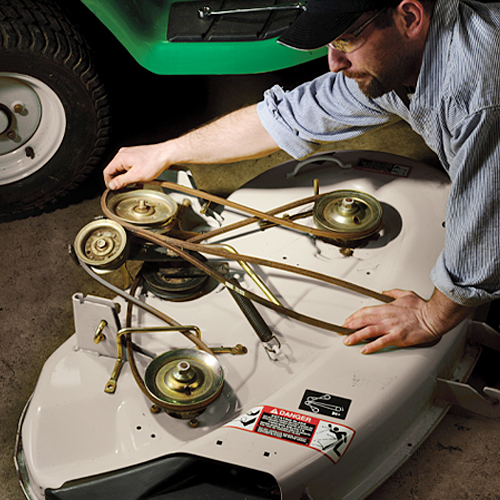FAQs
How Sharp Should Your Mower Blade Be?
Mower blades should be aggressively sharp, but not as sharp as a razor’s edge. You should be able to touch the blade with your hand without getting cut. Contrary to popular belief, a lawn mower blade with a razor sharp edge will not cut grass better. In fact, an edge that is that sharp has the tendency to roll over, which can cause blades to get nicked and chipped. Additionally, lawn mower blades that are too sharp get duller, faster resulting in the need to sharpen more frequently and a shorter blade life.
 WARNING: Make sure your lawn mower blade grinder is always turned off before you perform any maintenance.
WARNING: Make sure your lawn mower blade grinder is always turned off before you perform any maintenance.
How Often Should You Sharpen Lawn Mower Blades?
How often you sharpen your lawn mower blades depends on your frequency of use. If your lawn mower is only used at home, you probably only need to sharpen your blades once a year. If you are a professional, you will need to sharpen your blades more frequently. Once you notice a reduction in cutting performance, it’s time to sharpen your mower blades. Damaged blades should be replaced immediately.





